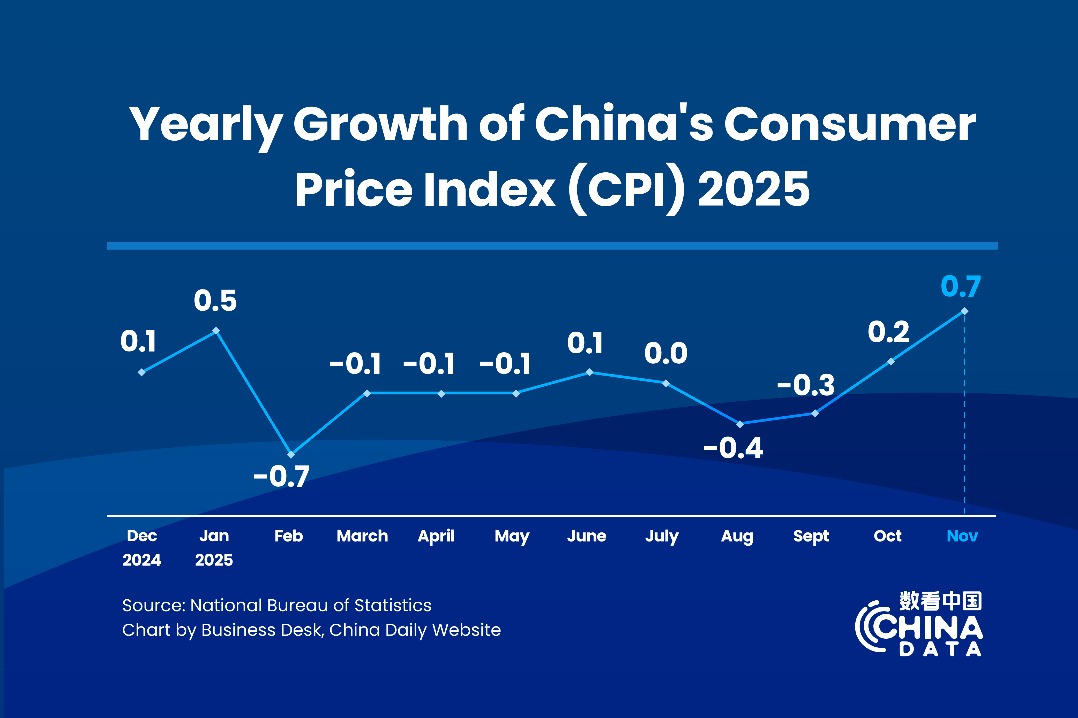Fintech helping banks stay on growth track


Digitalization seen as key to keeping lenders afloat in post-COVID world
Development of financial technologies and digital transformation are vital for Chinese small and medium-sized lenders to survive and grow as competition and financial risks intensify, officials and industry leaders said.
While capable management teams, sound systems, strong risk management capabilities and a healthy corporate culture are among the core elements needed to make such commercial banks competitive, the support of fintech is vital to keep them afloat amid current financial hazards and industry competition, said Wang Zhaoxing, a counselor of the State Council, the country's Cabinet, and former vice-chairman of the China Banking and Insurance Regulatory Commission.
"In the current complicated environment of competition and in the face of pressure both domestically and internationally, small and medium-sized commercial banks need to enhance their competitiveness as fast as possible and achieve better growth through fintech development and digital transformation," Wang said at the fourth China Digital Banking Forum held recently in Shenzhen, Guangdong province.
Wang said macro and regulatory financial policies will be more focused on providing support for the real economy. Greater attention will be paid to ensure compliance, steadiness and security of financial sector enterprises, he added.
Liu Feng, secretary-general of the China Banking Association, said the sector has seen major progress in making use of fintech to promote its development in recent years, with a number of digitalized and intelligent products being developed.
Fintech achievements have played an important role in addressing issues such as information asymmetry, privacy protections and enhancing banks' capacity in precision marketing and intelligent risk management, Liu said.
Acknowledging that the industry is still in its initial stage of digital transformation and challenges lie ahead, Liu said the association will strengthen its information technology-based service capability and increase exchanges with financial institutions to facilitate high-quality digital transformation of the banking sector.
The Global FinTech Adoption Index 2019, released by EY, which was known as Ernst & Young, showed that the adoption rate of fintech among Chinese small and medium-sized enterprises ranked first worldwide, particularly in terms of using banking and payment services, which stood at 92 percent.
Adoption rates of fintech among consumers in China also reached 87 percent, compared with the global average of 64 percent.
Jessica Tan, co-CEO of financial conglomerate Ping An Group, said digital transformation has become a matter of survival for financial institutions in a post-pandemic era.
"Growth rates of ROE(return on equity) in the Chinese banking industry dropped from 20.51 percent in 2012 to 10.04 percent this year. That shows value returns in the sector are narrowing," Tan said, noting that quick changes should be made to deal with the situation.
She added that Ping An has poured 100 billion yuan ($15.3 billion) in the past decade and will inject an additional 200 billion yuan in the next five years to promote fintech and drive digital transformation of the company.




































